This is What We Do Instead of Despair
Or, why virtuous hope in a time of climate catastrophe isn’t a pipe dream — it’s a daily practice.
Want to inspire more climate action? Click the ♡ at the top of this email. Mille grazie!
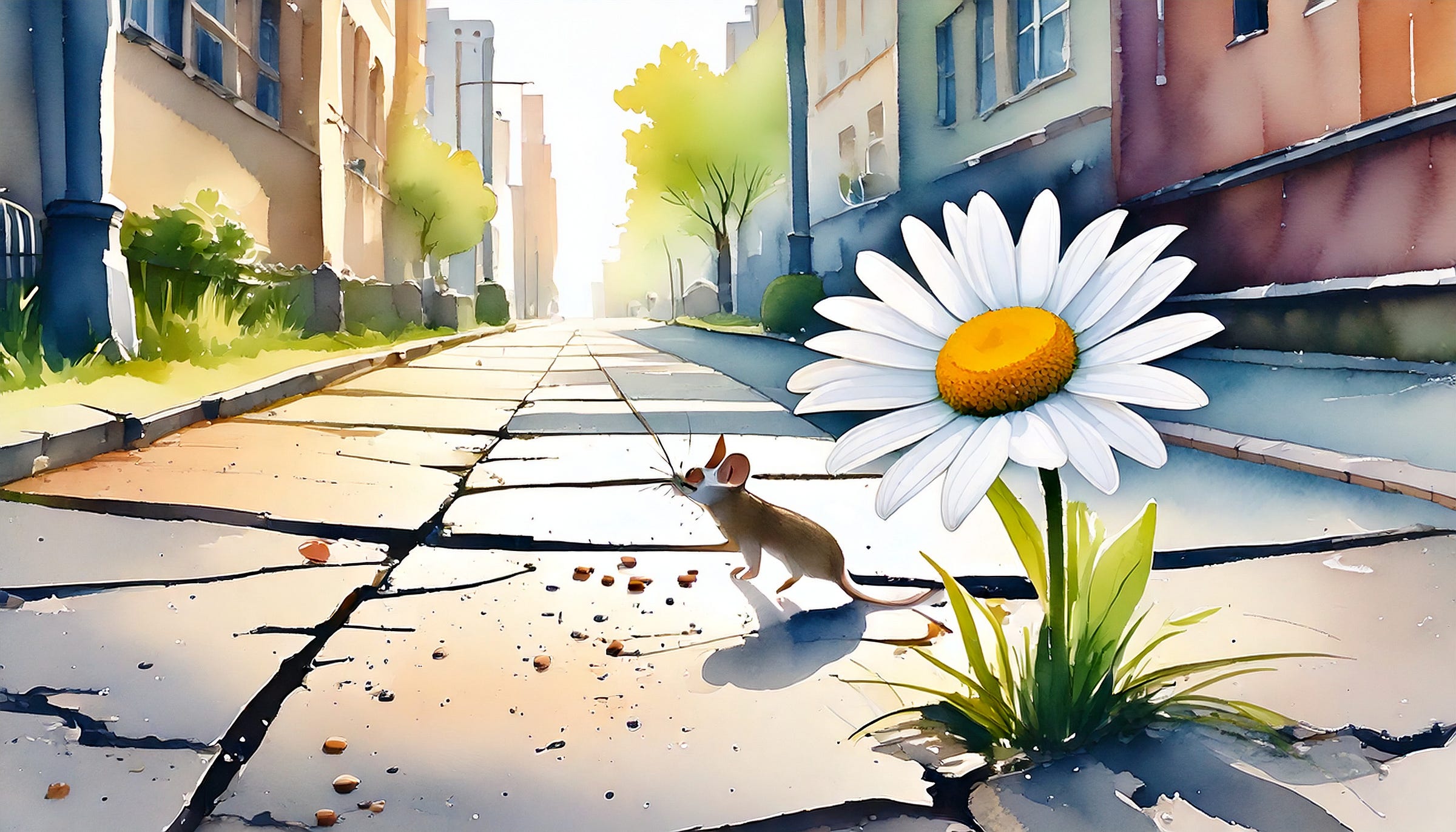
Hello, darling friends, and welcome to my many new subscribers! 😚
Happy Almost Earth Day!
I spent the late winter and early spring gleefully immersing myself in sustainability education that I’m eager to share with you, my body willing, on a more regular basis. During Climate Week in Los Angeles, I test-drove an R1 at Rivian HQ in Venice, caught up with friends at the monthly Carbonauts gathering, and took home some valuable learnings and connections from the "Impact in Storytelling" panel at The Kinn.
And my, oh my, the changes in my life continue. The ever-talented Marjorie Salvaterra and I are in the midst of an eco-renovation of my humble apartment, complete with images from her new “Sheila in Technicolor” collection. I’ve wrapped up my coursework to become a certified Electrification Coach with Rewiring America (keep your eyes peeled for a newsletter on how you can #ElectrifyEverything), and I’ve moved my online conversations to advertising-free Bluesky (bye-bye, oligarch overlords!).
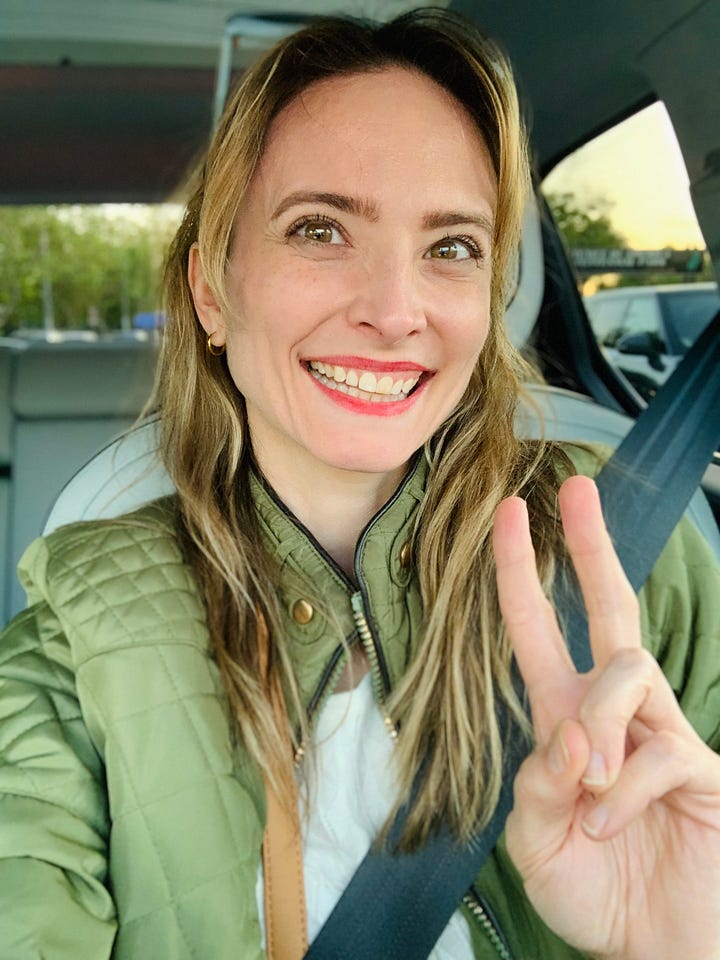
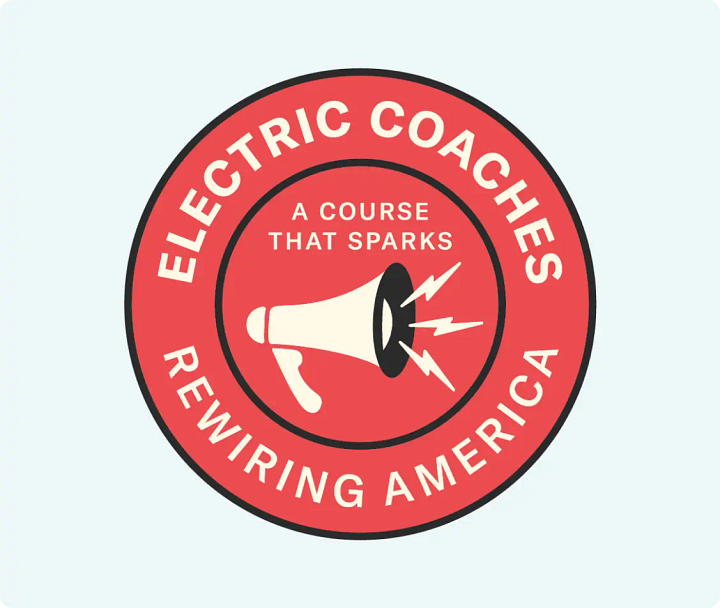
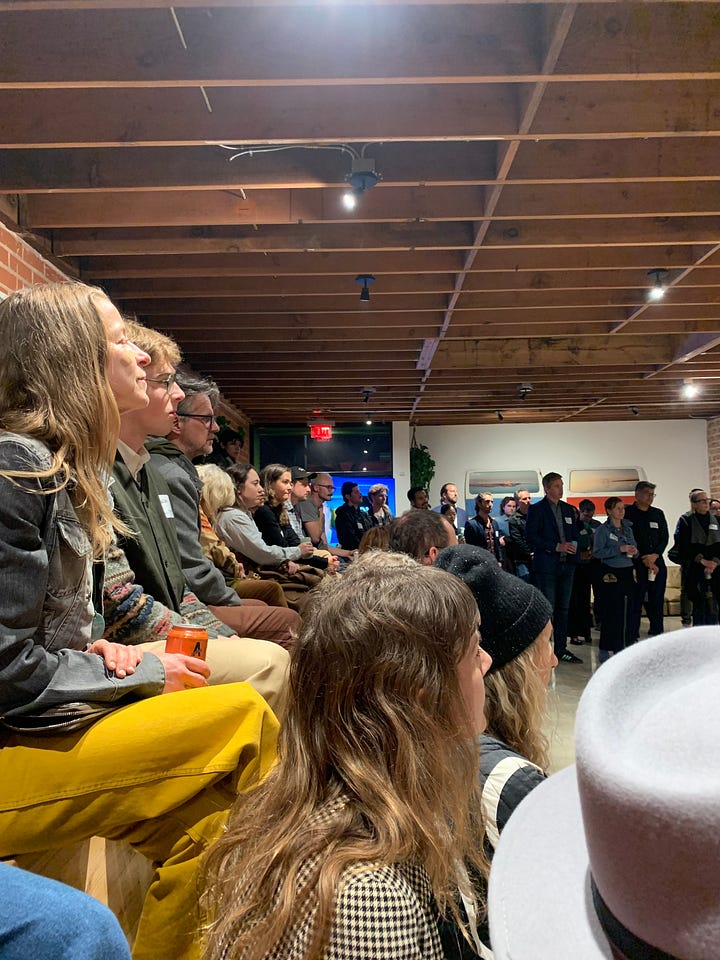
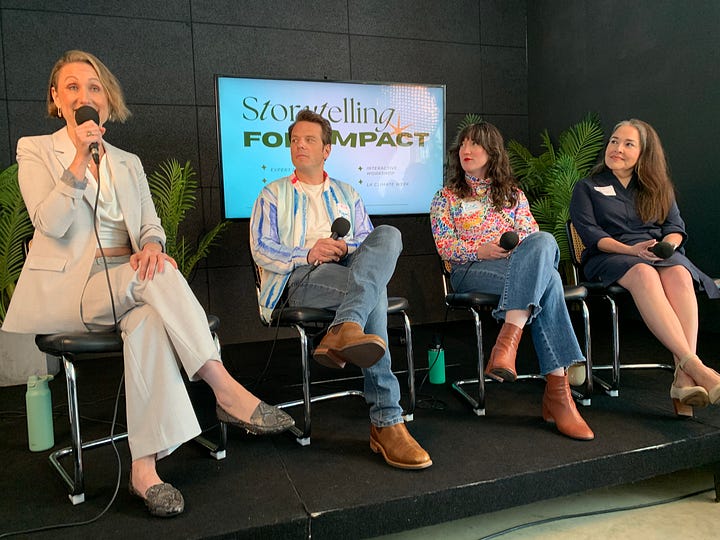
When All Hope Is Lost
All of this change got me thinking—about impermanence, about climate, and about what keeps us going when the headlines drag us down.
I’d had every intention to send this newsletter out on April 5 to celebrate the U.N.’s International Day of Conscience envisioning “a world where every action is guided by love, a clear sense of right and wrong, and genuine care for one another [and] underscor[ing] the power of ethical reflection and compassionate action in addressing today’s global challenges.”
However, upon reflection, this little animal felt that the event’s description was too anthropocentric to truly capture the conscious behavior required to address the polycrisis of climate change, biodiversity loss, and widespread pollution. For me, ethical behavior demands dignity for all life on Earth, because Earth itself is a biosphere—a single, living, breathing system of interdependence. And contrary to people’s lofty views of ourselves, we are not the keystone species* that keeps this system balanced.
In fact, as the Washington Post recently reported, the amount of CO2 in Earth’s atmosphere last year grew at the fastest rate in recorded history—a warning sign that human behavior has so taxed our resilient but not unbreakable planetary home that it can no longer absorb what we’re pumping out.
Stories like this are enough to send even the most sanguine among us straight back under the covers, defeated by the magnitude of the problem.
And that’s where the practice of virtuous hope comes in.
The Climate Optimists’ Playbook
I came of age just before the Obama era brought “hope and change” into the broader American conversation. Conservatives at the time derided this language, equating the sentiment to cartoon unicorns bouncing around Capitol Hill. Their message was decidedly clear: hope, let alone change, has no place in realpolitik.
Now that’s some powerful marketing. And in an act of political expediency, we card-carrying Millennials bought into this myth, trading hope for optimism.
In positive psychology, the term ‘optimism’ encompasses two key aspects: the inclination to hope and, more broadly, the belief that we live in the best world that has ever existed. (As guest editor for the November 2016 edition of Wired, Obama himself wrote, “If you had to choose any time in the course of human history to be alive, you’d choose this one. Right here in America, right now.”)
The research indicates that optimists believe positive events occur more frequently than negative ones and that they can both avoid and prevent problems in daily life. As a result, they’re better equipped to cope with stress than pessimists.
Optimists like me focus on the fact that there are now almost 50% more EV chargers in California than gas pumps, that more people than ever are decarbonizing their homes, and that even schools are seeing the benefits of plastic-free lunches.
A few weeks ago, I had the pleasure of hosting a small Climate Optimists’ Brunch, sponsored by Nature’s Fynd, one of the most innovative animal-free foods to hit store shelves in years, and featuring plant-based iced lattes from Elmhurst 1925. In attendance was nine-year-old Georgie, whom I had invited because I wanted to know how some of the youngest people alive today feel about the world around them.
This delightful child, who understandably preferred playing with my kitties to answering my queries, told me that climate change made her sad. Her amazing data scientist mamma shared with me that they’d had conversations about how consumer choices can impact the climate, and that she was sharing information about the climate crisis with Georgie in bite-sized chunks (like learning about the Pacific Garbage Patch) so as not to cause her anxiety.
“But I don’t think it really hits home until kids can see the actual real-life consequences,” her mom wrote to me in a text after brunch.
In my five-plus years of reporting on sustainability, I can confidently say it’s not just kids who need to see those consequences. Worse still, even with all the data at our disposal, the narrative that dominates our culture is that there’s little we can do about the climate emergency except remain optimistic that a better future will, like a wave function, somehow emerge as a natural phenomenon.
Alas, the arc of the universe is not just by nature, argues psychology professor Kendra Thomas of the aptly named Hope University, and optimism can entice folks to “rely on a sense of luck over action.”
Instead, we must employ virtuous hope: a practice where ethics calls each of us to contribute to changing these institutions over time through our individual choices. It is “a supreme gesture of love, a radical and audacious duty,” to quote singer/songwriter Nick Cave.**
This active form of positive thinking, writes Thomas, “helps people endure challenges, tackle them head-on, and keep their eyes on the goal,” striving toward a common good beyond oneself.
Each small sustainability habit you adopt is an expression of gratitude for the biosphere, an act of imagination that creates a better tomorrow, and a reflection of your connection to it all.
Take Some Action
Here are five easy ways to make virtuous hope a daily practice in the face of climate catastrophe:
Join the Planet Pledge campaign from the Arbor Day Foundation, and your love for all life will literally transform into reforestation efforts.
The first step in climate action is to talk about climate! Don’t know how? Just watch. Shared as part of the Sierra Club Climate Truth Teller campaign.
Make art about it. Need some direction? Check out
’s Climate Art 101 or my friend Rebecca Jamieson’s Crafting Change: Creative Responses to Climate Crisis if you like to write.Engage with a climate app like Commons (which, among other things, measures your carbon footprint based on your spending patterns) or Dashboard.Earth (earn prizes for tracking your sustainability actions like composting and line drying laundry. For L.A. only — sorry, everyone else!)
Participate in — or better yet, host! — a climate cafe to meet other compassionate activists. Together we can make a difference!
What other ways do you like to practice virtuous hope? Tell me in the comments!
Other Delights
Check out 2025 Imagine 2200: Climate Fiction for Future Ancestors collection from Grist featuring short stories that invite us to imagine the future we want — futures in which climate solutions flourish and we all thrive.
I lose hours watching the Jackie and Shadow Cam. #BirdLife
Enjoy Wamba and Giacomo soaking in that spring sunshine…
Wishing you and yours a most hopeful and joyous nature’s dawn,
*Humans may be more accurately described as "hyperkeystone species" because we influence other keystone species throughout the biosphere.
**H/t
for sharing this quote.









Keep up the great and inspiring work - love following your journey!🐇🌼❤️🐾🐇
You are a virtuous hope, my friend. Big hugs.